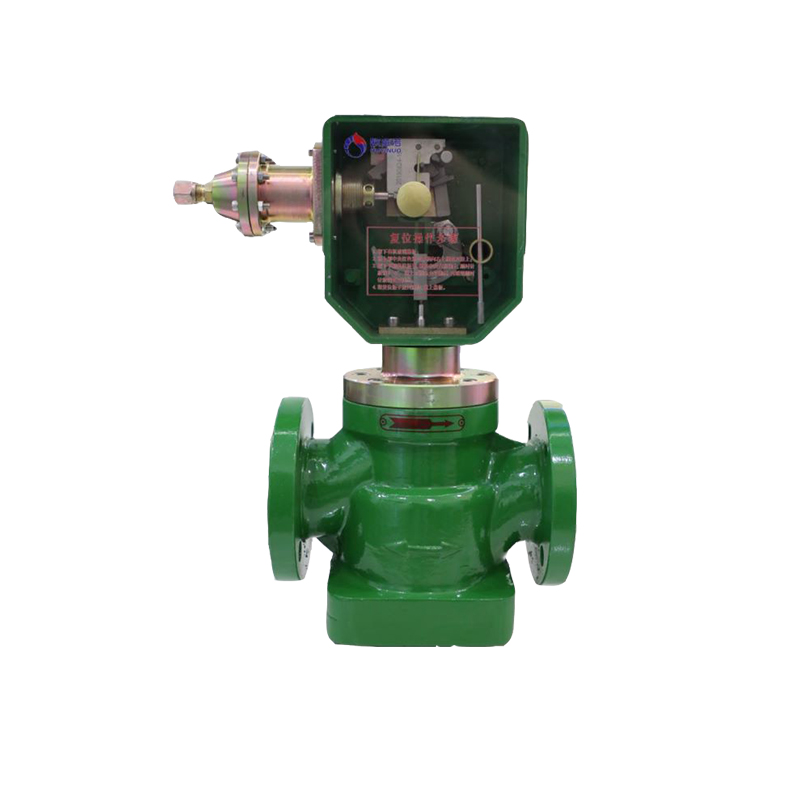
Nov . 14, 2024 13:17
Back to list
pressure reducing valve
Understanding Pressure Reducing Valves A Key Component in Fluid Control Systems
Pressure reducing valves (PRVs) are essential components in many fluid control systems, ensuring that pressure levels remain within safe and manageable ranges. These devices play a crucial role in various applications, from residential water supply systems to industrial processes. This article explores the function, significance, and applications of pressure reducing valves, providing insight into their operation and benefits.
What is a Pressure Reducing Valve?
A pressure reducing valve is a type of control valve that automatically reduces the input pressure of a fluid to a desired output pressure. Typically, these valves are installed in systems where high inlet pressures can lead to equipment damage, inefficiencies, or safety hazards. The primary function of a PRV is to maintain a consistent downstream pressure, regardless of fluctuations in the upstream supply pressure.
How Does a Pressure Reducing Valve Work?
At the heart of a pressure reducing valve is a mechanism that senses the downstream (outlet) pressure and adjusts the valve opening accordingly. When the downstream pressure drops below a predetermined set point, the valve opens to allow more fluid to flow through, thereby increasing the pressure. Conversely, if the downstream pressure exceeds the set point, the valve partially closes to reduce the flow, lowering the pressure to the desired level.
The control mechanism typically operates using a spring-loaded diaphragm, which moves in response to changes in pressure. A set screw allows for easy adjustments of the desired pressure level. This simplicity in design and operation makes PRVs reliable and efficient in maintaining optimal pressure conditions.
Importance of Pressure Reducing Valves
1. Protection of Equipment One of the primary reasons for installing a PRV is to protect downstream equipment and piping from excessive pressure. High pressure can lead to leaks, bursts, and catastrophic failures. PRVs help safeguard systems, extending the lifespan of components and reducing maintenance costs.
2. Improved Efficiency By regulating pressure, PRVs enhance the overall efficiency of fluid systems. Consistent pressure levels ensure that pumps and other equipment operate under optimal conditions, reducing energy consumption and operational costs.
pressure reducing valve

3. Safety In processes involving gases or hazardous materials, maintaining safe pressure levels is critical. PRVs are vital in preventing overpressure situations that could lead to dangerous scenarios, such as explosions or toxic leaks.
4. Water Conservation In residential applications, PRVs help maintain appropriate water pressure, preventing excess flow that can lead to wastage. This regulation not only conserves water but also protects plumbing systems from damage due to high pressure.
Applications of Pressure Reducing Valves
PRVs are employed in a wide range of applications across various industries. Some common uses include
- Water Supply Systems In urban and suburban water supply networks, PRVs are installed to manage pressure levels, ensuring that residential and commercial consumers receive safe and consistent water pressure.
- Industrial Processes Many manufacturing processes require precise control of fluid pressure. PRVs are utilized in systems handling chemicals, steam, and gases, contributing to process stability and safety.
- HVAC Systems In heating, ventilation, and air conditioning systems, PRVs play a role in managing pressure within the system, ensuring efficient operation and comfort.
- Irrigation Systems In agriculture, PRVs are employed to maintain optimal pressure in irrigation systems, promoting efficient water usage and distribution.
Conclusion
Pressure reducing valves are indispensable in modern fluid control systems, providing essential benefits such as equipment protection, improved efficiency, safety, and water conservation. Their ability to regulate pressure effectively makes them a critical component in a variety of applications, ranging from everyday household use to complex industrial processes. Understanding the function and importance of PRVs can help engineers and operators make informed decisions about their implementation, ultimately leading to safer and more efficient systems. As technology advances, the design and functionality of pressure reducing valves continue to evolve, further enhancing their role in modern engineering solutions.
Next:
Latest news
-
Safety Valve Spring-Loaded Design Overpressure ProtectionNewsJul.25,2025
-
Precision Voltage Regulator AC5 Accuracy Grade PerformanceNewsJul.25,2025
-
Natural Gas Pressure Regulating Skid Industrial Pipeline ApplicationsNewsJul.25,2025
-
Natural Gas Filter Stainless Steel Mesh Element DesignNewsJul.25,2025
-
Gas Pressure Regulator Valve Direct-Acting Spring-Loaded DesignNewsJul.25,2025
-
Decompression Equipment Multi-Stage Heat Exchange System DesignNewsJul.25,2025

